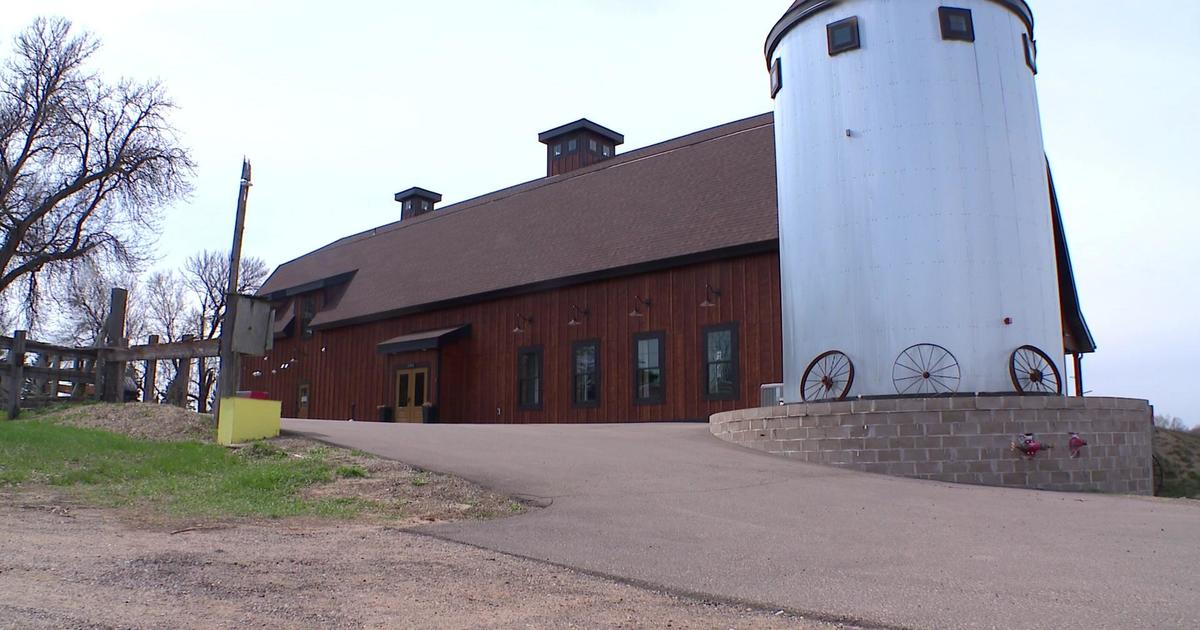One of the world's largest moths has been found for the first time in the U.S. – and scientists don't know how it got here
A large moth with a 10-inch wingspan has been spotted in Washington – and entomologists aren't sure how it got there. The atlas moth is one of the largest moths in the world and it's also illegal to keep them in the U.S., according to the Washington State Department of Agriculture.
There is minimal research about the moth, but it normally lives in tropical climates and it is believed to live off apple and cherry plants, according to a news release.
"We are not sure it could survive here," said Sven Spichiger, the department's managing entomologist. "USDA is gathering available scientific and technical information about this moth and will provide response recommendations, but in the meantime, we hope residents will help us learn if this was a one-off escapee or whether there might indeed be a population in the area."
Atlas moths are native to Southeast Asia and are primarily found in tropical and subtropical rainforests.
The moth was spotted by a University of Washington professor in Bellevue on July 7 and brought to WSDA, which in turn sent it to the U.S. Department of Agriculture.
It is believed to be the first confirmed detection of the moth in the United States and it is unclear if more are here, but there is currently no evidence that an atlas moth population is established in Washington. Washington State entomologists are urging the public to report any atlas moths they see.
"This is a 'gee-whiz' type of insect because it is so large," said Spichiger. "Even if you aren't on the lookout for insects, this is the type that people get their phones out and take a picture of – they are that striking."
While they are large and conspicuous, they don't pose a risk to the public, so they can be safely collected and handled by humans who spot them in the wild.
However, keeping them for yourself is illegal, according to the state agriculture department. Obtaining, harboring, rearing or selling live moths – whether it's an adult, larve, pupae or egg – is illegal unless you have a permit from the USDA.
Photos of these moths, along with the location of the sighting, can be sent to pestprogram@agr.wa.gov. There are no reports of atlas moths in other states, but if you do happen to see one outside of Washington, you can report it to the State Plant Regulatory Official or State Plant Health Director in your state.
CBS News has reached out to WSDA, USDA, Washington Invasive Species Council and U.S. Forest Service and Spichiger and is awaiting response.
The U.S. Forest Service, which is part of the USDA, keeps track of invasive species and native pests in the U.S. Invasive species are non-native to the ecosystem that they occupy, which can cause harm to the economy, environment or human health.
The spotted lanternfly is an invasive species that recently made headlines. These insects are from Asia but have been spotted in different parts of the Northeast, like New Jersey. The lanternfies can feed on – and kill – about 70 different types of vegetation or trees. While they don't harm humans or animals, officials are urging anyone who sees one to squash and kill it, to help prevent the population from growing.
The invasive murder hornet, or "northern giant hornet," is native to Asia but has been spotted in Washington state earlier this year. They can deliver painful stings to humans and grow to more than two inches long. They are also known for decimating honeybee hives and they can kill other bee or hornet species.
Earlier this year, nearly 1,000 hornet traps were set in Whatcom County, where the murder hornets were confirmed.
If invasive species are not handled, they can "threaten native species, biodiversity, ecosystem services, recreation, water resources, agricultural and forest production, cultural resources, economies and property values, public safety, and infrastructure," U.S. Forest service says.
Some harmful animals are not foreign – but native pests and diseases can still cause widespread environmental damage and tree mortality. Native pests include southern pine beetle or western bark beetle.
To help prevent invasive species from growing their populations and harming the environment, U.S. Forest Service says you should avoid planting nonnative ornamental plants, report any invasive species you have and learn about the tools you need to properly remove them, among other things.






